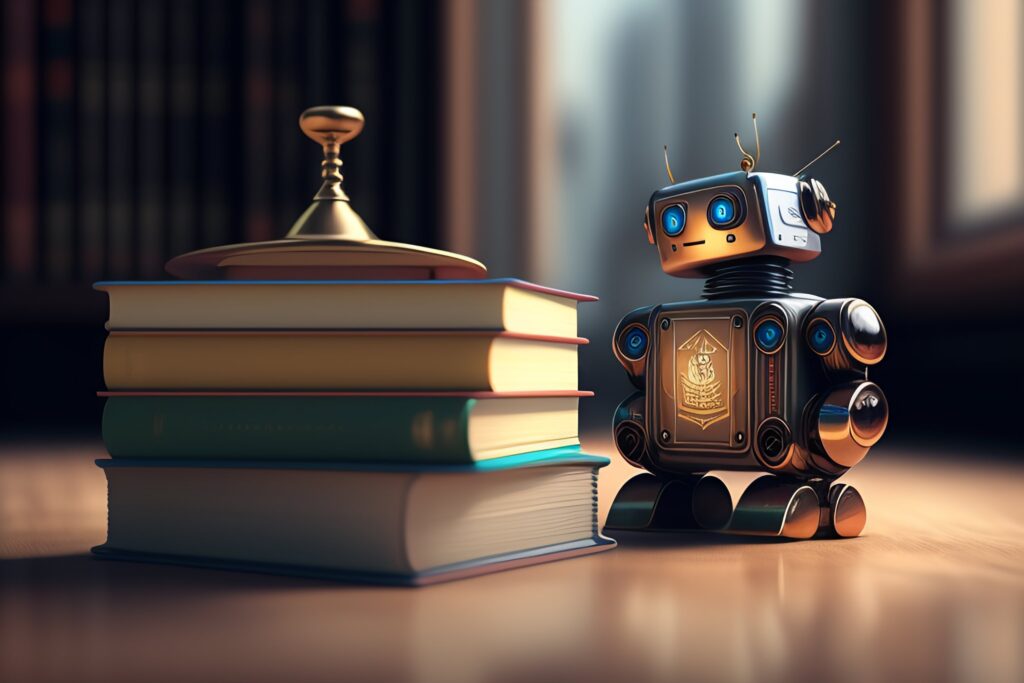[ad_1]
Introduction
The emergence of AI image generators such as DALL-E, Midjourney and Stable Diffusion has been met with excitement but also concern. While these tools demonstrate the creative potential of AI, their training processes have come under scrutiny. Many artists believe that AI companies are scraping artwork without permission to train their models.
In response, a new tool called Nightshade AI aims to shift the balance of power back to the artists. Nightshade subtly alters image pixels to ‘poison’ training data, rendering the output of AI models unusable.
In this article we look at how Nightshade AI works, what its intended impact is and what its limitations are. We will also provide some perspectives on the tool and the ongoing battle between artists and AI.
How Nightshade AI functions
Nightshade AI was developed by a team led by Ben Zhao, a professor at the University of Chicago. It works by exploiting a security vulnerability in image-generating AI models.
In concrete terms, Nightshade makes small adjustments to the pixels of an image. These changes are invisible to the human eye. However, they cause the machine learning models to incorrectly identify what the image depicts.
For example, Nightshade can turn a photo of a dog into data that AI systems interpret as a cat. After a model is exposed to just 100 such poisoned samples, it begins to reliably generate cats when asked for dogs.
This technique doesn’t just confuse AI systems. By manipulating the clustering of related concepts in AI models, Nightshade can also undermine the accuracy of AI-generated content.

Intended impact on AI companies
Nightshade AI wants to help artists fight back against unauthorized use of their work. Some key objectives of the tool include:
- Deterring Scraping of Artwork: By making models unreliable, Nightshade discourages mass scraping of images without the artist’s permission.
- Creative rights protection: Giving artists a tool to poison data strengthens their rights and control over AI use of their content.
- Promoting Compensation: Nightshade could pressure companies to properly license and compensate artists for their contributions.
- Raising awareness: The tool draws attention to problematic AI training practices based on unauthorized data collection.
In short, Nightshade helps shift the balance of power of AI companies towards respecting the creative work and rights of artists.
Current limitations and challenges
As an emerging technology, Nightshade AI has some limitations:
- Effectiveness unknown: While demonstrations are promising, real-world testing is needed to confirm Nightshade’s ability to reliably poison AI systems.
- Labor intensive: Manually changing pixels in a large number of images requires a lot of time and effort from artists. Automation could help.
- Applicability: Nightshade focuses on disrupting visual AI models. Protecting other creative works, such as music or text, presents several challenges.
- Legal uncertainties: The legality of tools like Nightshade is still an open question. Copyright law and AI ethics are catching up.
While promising, it remains to be seen how significantly Nightshade can curb the unauthorized use of artwork as the popularity of the AI generation explodes. Continued improvements in the tools, adoption by artists and legal frameworks will determine its impact in the real world.
Perspectives on Nightshade in the broader context
The rise of tools like Nightshade highlights the escalating tensions between makers and generative AI:
- Control vs. democratization: Artists want control over their work, while AI promises democratized creation. There are arguments on both sides.
- Labor issues: Many view AI as exploitative of artist labor. Nightshade insists on good compensation.
- Unintended consequences: Attempts to rein in AI may also limit its societal benefits. The consequences must be carefully weighed.
- Ethical standards: As AI evolves, ethical standards around data use, copyright, and attribution lag behind. More dialogue and standards are needed.
There are good faith arguments on both sides, for and against AI art models. Nightshades provoke important discussions, although solutions likely involve nuance versus absolutes. Overall, the tool shows that creators are serious about asserting their rights in the AI era.
Conclusion
For the first time, Nightshade AI offers artists a means to fight back against unauthorized AI use of their work. While still experimental, it has the potential to change the power dynamics in the tense relationship between artist and AI. However, its impact in the real world remains unproven. Issues of effort, effectiveness, legality, and ethical standards continue to swirl around AI art. But by starting conversations, Nightshade gives artists an important voice in the debate.
Comparison of AI art issues
| Perspective | Arguments |
| Control versus democratization | Artists want control over their work, AI makes it possible for everyone to create |
| Labor issues | AI is seen as exploiting artists’ labor and requires appropriate compensation |
| Unintended consequences | Limiting AI limits social benefits such as access to art |
| Ethical standards | Clearer ethical standards are needed around AI use of data/artworks |
The reviewer’s thoughts
🌟Do you have burning questions about Nightshade AI? Do you need some extra help with AI tools or something else?
💡 Feel free to send an email to Govind, our expert at OpenAIMaster. Send your questions to support@openaimaster.com and Govind will be happy to help you!

